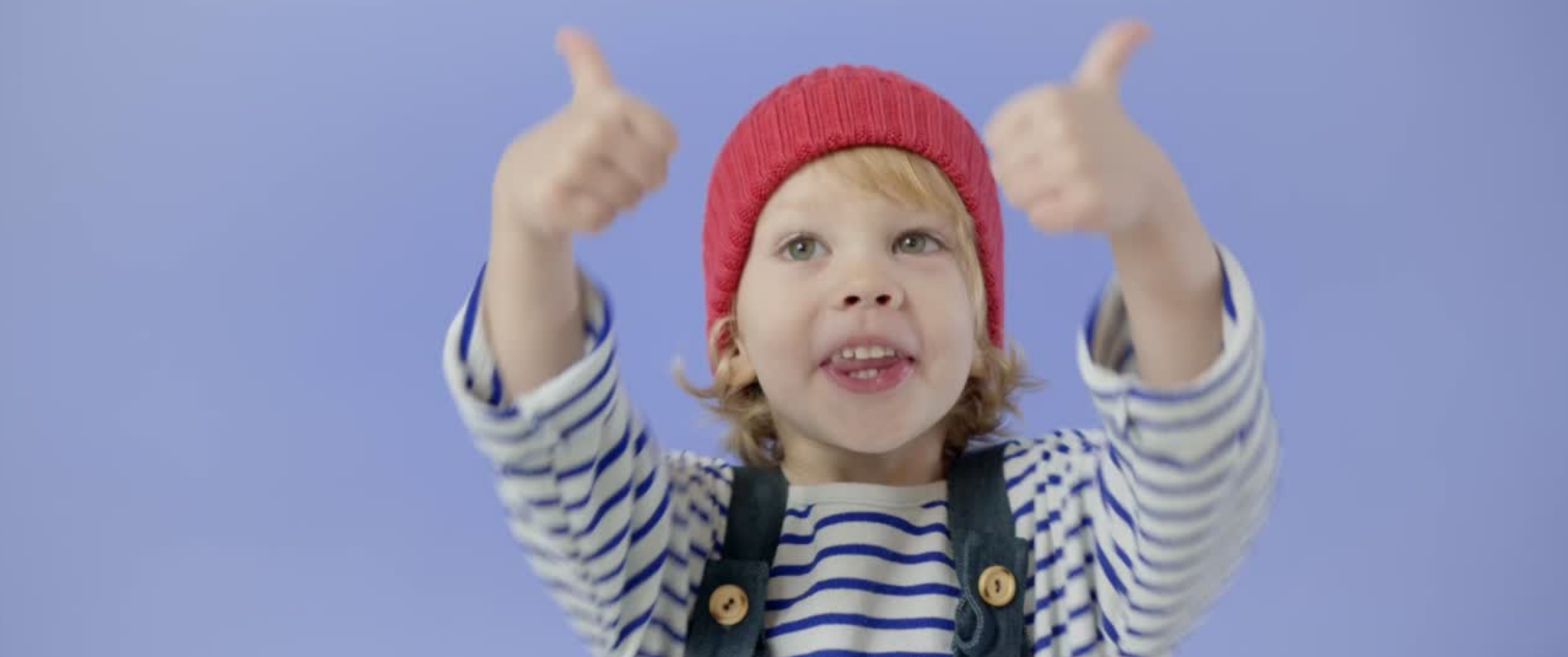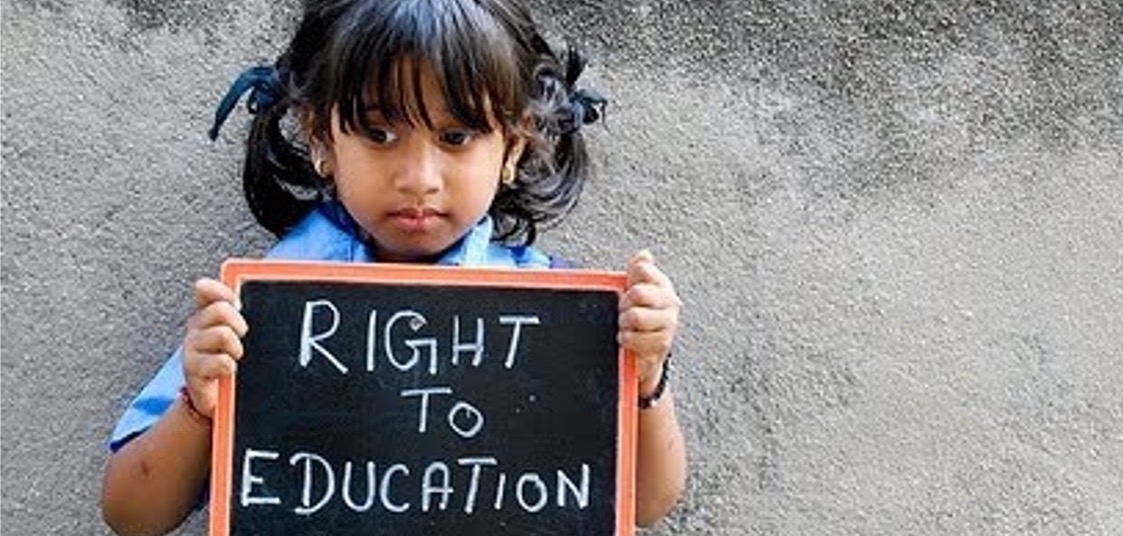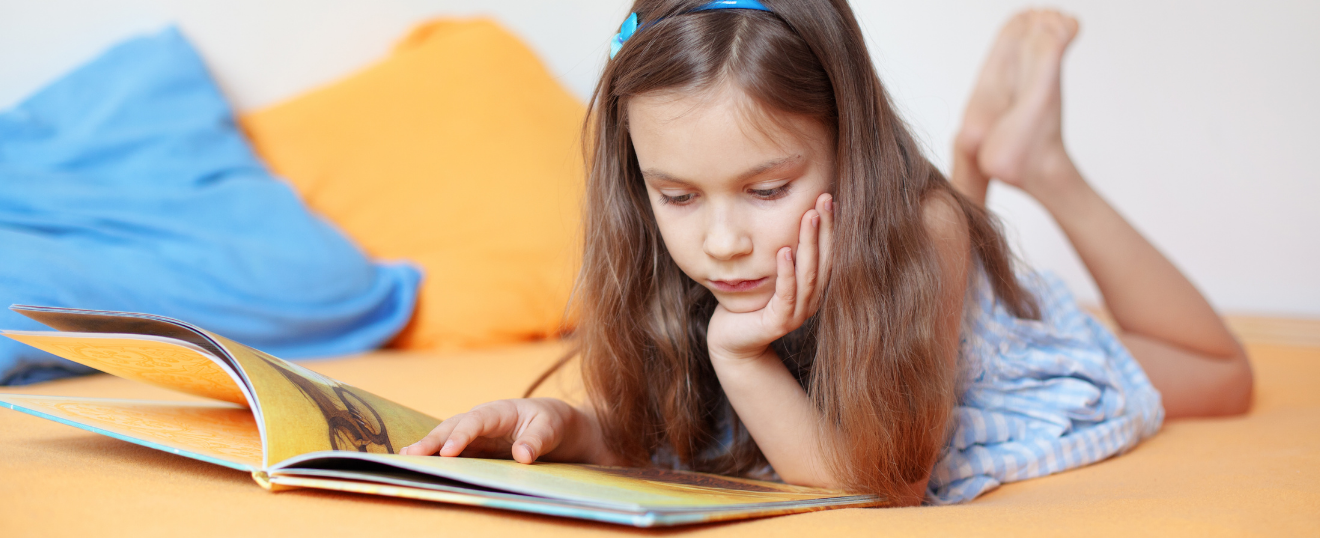.png)
Have you heard buzz words like Portfolio Learning and Pedagogical Documentation? Have felt you should do it to guarantee quality learning, but don't really know how? You are not alone. It is still a new thing. Used cleverly it will improve your teaching, give you an advantage, and increase the parent's appreciation for your work. Here is how to take the first steps.
Portfolio Learning or Pedagogical Documentation is an essential working method in early childhood education and it guarantees the best possible learning path for all children. It is one step in the learning process consisting of planning of activities, documentation, and formative assessment. The whole learning process must also be tightly aligned with your curriculum.
Simply, Pedagogical Documentation is observing for example children’s play, projects, discussions, ideas, and inventions via taking photos, making notes, writing down explanations as well as tricky questions, saving artwork, videoing action, recording voice...and using all the documents purposefully as part of the formative assessment of children's learning. What makes documentation Pedagogical Documentation is the idea that educators use the documents wisely - reflect on them and modify their planning and teaching accordingly (Katz & Chard 1996.)
What makes documentation Pedagogical Documentation is the idea that educators use the documents wisely - reflect on them and modify their planning and teaching accordingly (Katz & Chard 1996.)
Pedagogical documentation gives educators new views of children’s behavior, thoughts, ideas, challenges, and creative processes. Each lovely, unique child deserves to be known and understood as an individual (Katz & Chard, 1996).
The process of pedagogical documentation is meaningful only if you take advantage of the possibilities and challenges it offers. It is important to think about how you can develop the activities. What themes, methods or goals should you choose next? What is your next step toward better early childhood education? (Tarkka 2018.)
.png)
.png) Children just LOVE to play! Therefore, in early childhood education and care, play is the most important way of learning. See the tips and a practical example of how to incorporate learning in play in a pedagogical manner - and soon the children love love love to learn too!
Children just LOVE to play! Therefore, in early childhood education and care, play is the most important way of learning. See the tips and a practical example of how to incorporate learning in play in a pedagogical manner - and soon the children love love love to learn too!

 In Finland, children learn through play and we don't score children!
In Finland, children learn through play and we don't score children!